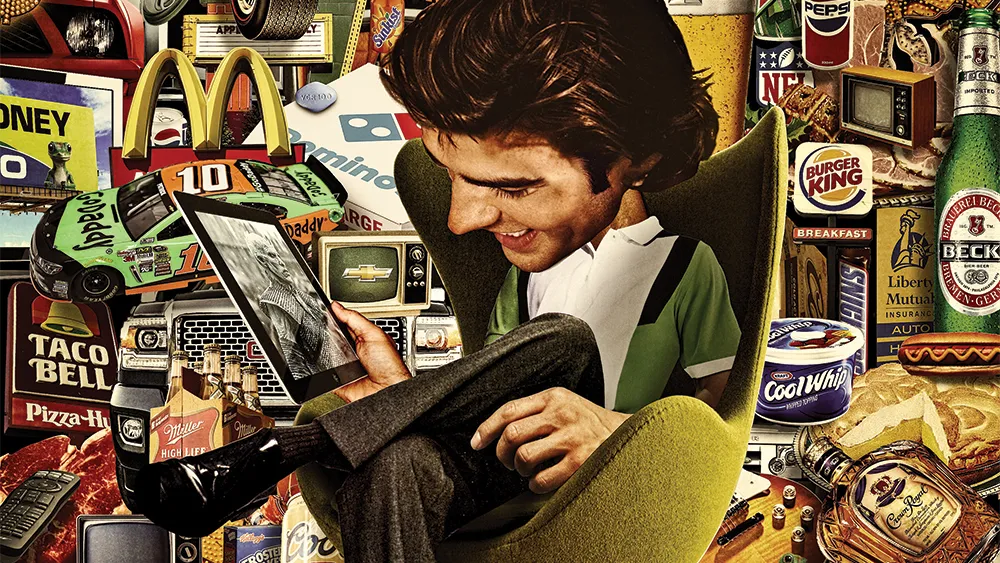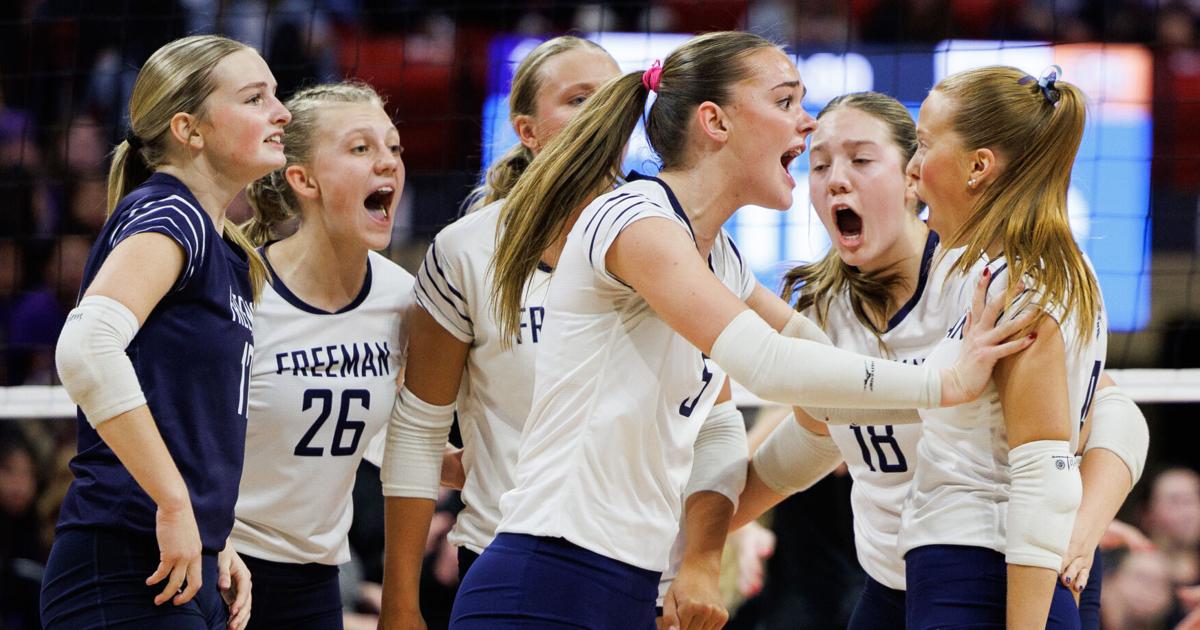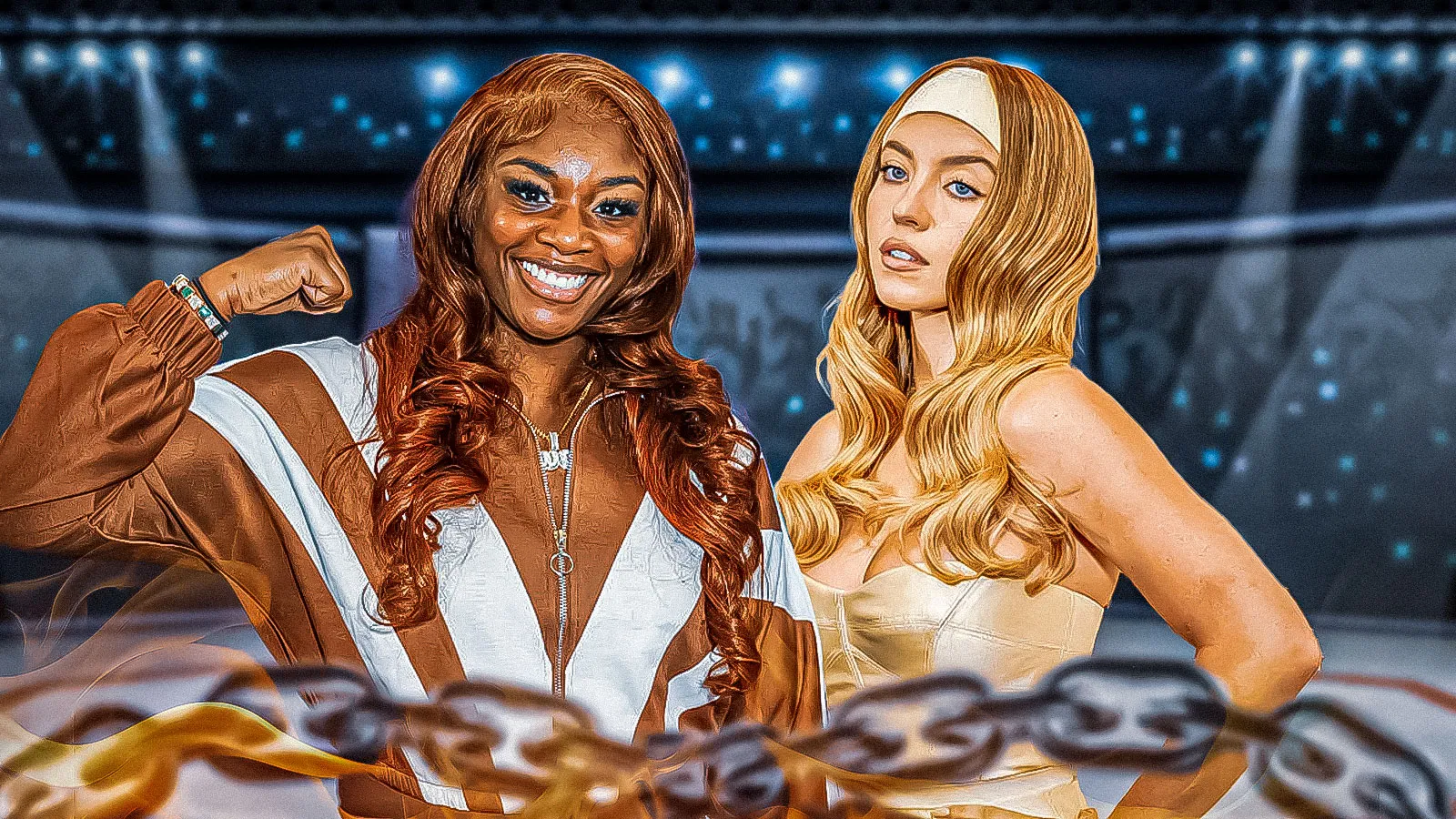Copyright Variety

A moment that is frozen in time has become one of the media industry’s hottest areas of focus. Most consumers are prone to dislike the interruption that TV commercials bring, which is why many of them have left the traditional boob tube in favor of streaming outlets. But big streamers like Amazon’s Prime Video, Netflix, Warner Bros. Discovery’s Max, NBCU’s Peacock and Disney’s Hulu and Disney + have been working to monetize millions of viewers’ decision every day to “pause” their selection, with ads of various sizes and shapes popping on screen just a few seconds after the action stops. A pause, after all, isn’t forced on the audience like a traditional commercial break, and media companies hope consumers will be more willing to consider ads that surface on screen only when they choose to make their video halt. Their efforts are becoming much more intense. Disney was first to try “pause ads” on Hulu in 2018, and worked to ensure they didn’t take up too much of the screen and didn’t block the programming that a subscriber had stopped. Many of the streamers have moved past this phase of cautious experimentation and are now running or testing ads that take up a full screen and come with many interactive bells and whistles. “This is a commercial,” says Tanner Eaton, vice president of U.S. advertising sales for Amazon Ads, during a recent interview. “We want you to see what’s going on here.” Amazon’s pause ads often use the full screen and include ways for viewers to click a button on their remote and go shopping for the product in question. One recent ad prompted viewers to order candy. Another one, for Berkshire Hathaway’s Duracell, offered Prime Video subscribers the chance to drop some batteries into their Amazon cart. The company found the pause ads boosted the work being done by typical video commercials, with a 12% uptick in the rate of purchase after Duracell ran both pause ads and regular spots. Netflix has found that 77% of its ad-tier members keep a pause ad on screen for 15 seconds or more. Little wonder that pause ads are on the move. NBCUniversal’s Peacock has offered full screen pause ads since the service debuted, and Netflix now offers commercials after a pause that take up either the full screen or half, with the other half sometimes devoted to graphics that evoke the program being watched. Warner Bros. Discovery, which has only offered pause ads that take up a quarter of the screen and don’t block out the show being watched, is testing full-screen ads around the world to determine subscriber response. The company is also examining whether it can find ways to open more pause inventory, even in content that’s rated TV-MA, while keeping advertisers from having ads that float on screen next to scenes that feature violence or nudity. Even Disney, which has kept a tight rein on its pause ads, is considering whether to let them do more. The company has begun running pause ads that expand to take up the full screen only if the viewer decides to do so with a click of their remote. This new commercial format, which Disney calls “Pause+,” might let subscribers “telescope” to a new, full-screen experience that could offer a trivia game or the opportunity to send a coupon to an email address. “This is something we treat as a viewer’s choice,” says Jamie Power, senior vice president of addressable sales at Disney Advertising, during a recent interview. “When you click pause, it doesn’t take over your screen immediately. You decide if you want to opt in to the experience.” The stakes are high. Despite subscribers’ disdain for watching commercials, more streamers are adopting advertising, cognizant they need the revenue that comes with it. The media companies are betting that consumers will take an ad-supported services for a cheaper monthly rate, particularly as prices for Peacock, Netflix and others continue to increase — driven in part by the exponentially high costs for sports telecasts, one of the few programming formats that continues to draw the large, live audiences TV once generated quite regularly. Media companies are trying to make the pause ads more useful than typical video commercials. A 30-second TV ad is generally employed to generate awareness of a product, so that customers will remember it when the time comes to shop. But pause ads are now appearing with QR codes that let viewers click to find out more information about what’s for sale. Most executives believe more pause ads will soon be “shoppable” and take viewers that much closer to an actual purchase — something that is done better with a full screen pitch. “Having beautiful imagery with a very clear brand front and center” is important in the quest to capture attention, says Kristina Shepard, NBCUniversal’s executive vice president of streaming and performance sales and partnerships. Also paramount: Having a clear way to make a purchase, such as a QR code that is easily spotted — especially on the screen of a smartphone. When it comes to pause ads, many companies see a need to jump, and quickly. The companies are gearing up for an influx of live viewing, particularly as more sports move to streaming venues like ESPN’s new direct to consumer service or Fox One. Many are testing other live formats, such as a stream of the most recent Rock and Roll Hall of Fame induction ceremony that was on Disney+ this weekend or a special “Saturday Night Live” concert celebrating its 50th anniversary streamed on Peacock earlier this year. If the companies can make pause ads more appealing, says Power, they can “really prove that good ads aren’t interrupting the viewer’s attention or taking people away from storytelling.” The best pause ads, she says will be “more thoughtful, more relevant” and will give streaming audience the choice of whether to watch them or not. Meanwhile, other experiments are already bubbling. Amazon has begun to offer the format to local and regional advertisers, says Jenn Donohue, director of local ad sales at Amazon Ads. Commercials from regional banks or community grocery stores can often be extremely meaningful to viewers, she says, and “there’s nothing more important than making it very relevant to the experience that I’m having as a viewer.” Streaming services give advertisers the opportunity to understand “the locations of where viewers” are when they watch, Donohue, adds, “and we can do that on the state level or down to the ZIP Codes.” More streamers intend to start using digital technology and A.I. to find ways to create pause ads that play off the action viewers were just watching. Is someone having an intense phone conversation on an episode of “The Summer I Turned Pretty” on Prime Video? A pause might feature an ad for mobile service, says Eaton. Meanwhile, NBCU plans to run pause ads from various sponsors all tied to its looming BravoCon event. Pause ads may also spread beyond a stop in the action. NBCU intends to put ads calling for a pause in actual commercial breaks on Peacock, says Shepard. These spots, which the company calls “mindful moments,” will use “the same pause ad experience” and ask viewers if they “choose to take a beat.” They sound similar to a popular commercial from the Calm meditation app that features nature sounds, or the “Enjoy the Zen” interstitials shown on YouTube TV that show seconds-long nature images. If streamers want to succeed in advertising, they may have to put more emphasis on the break, and less on the commercial.



